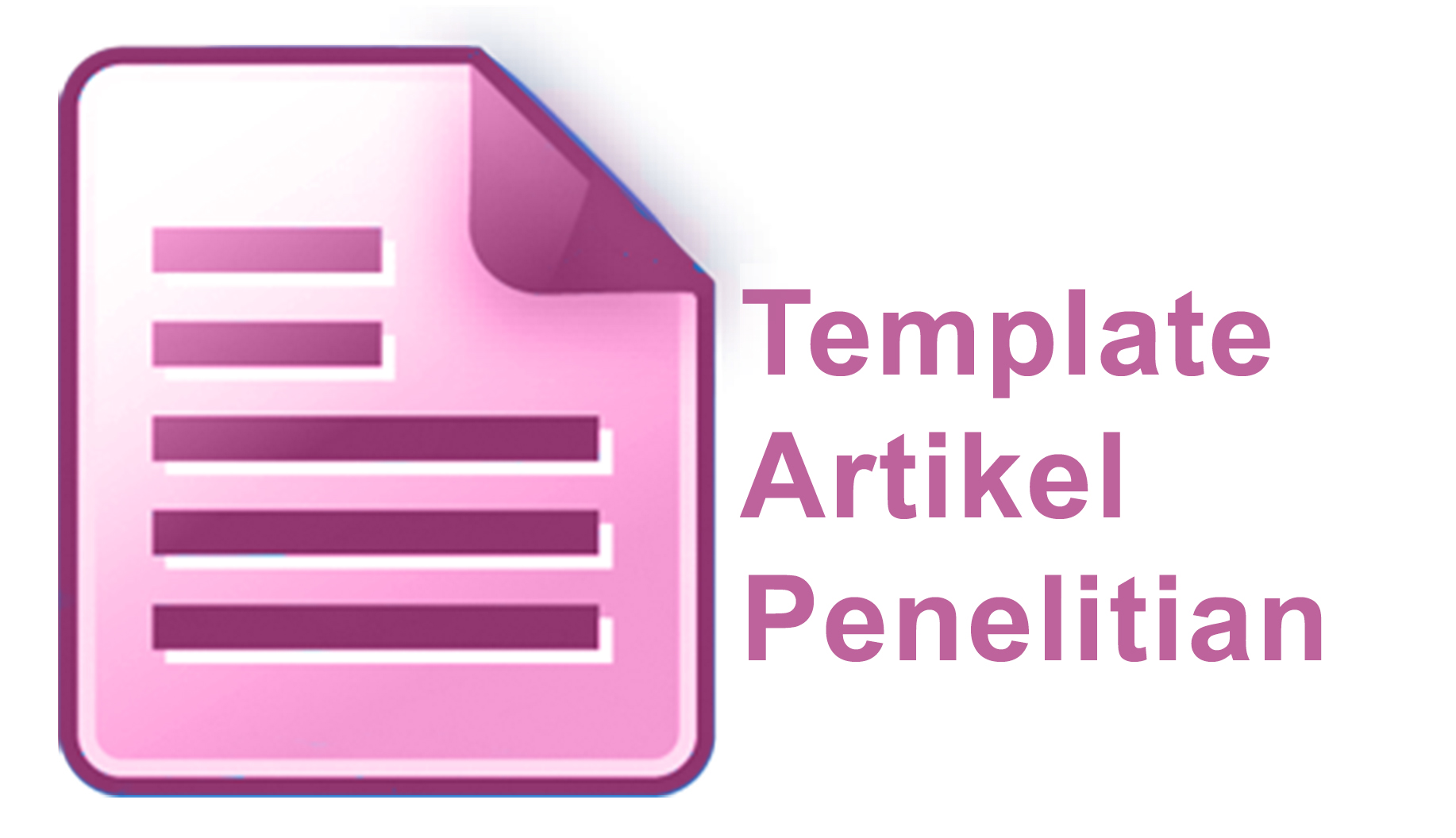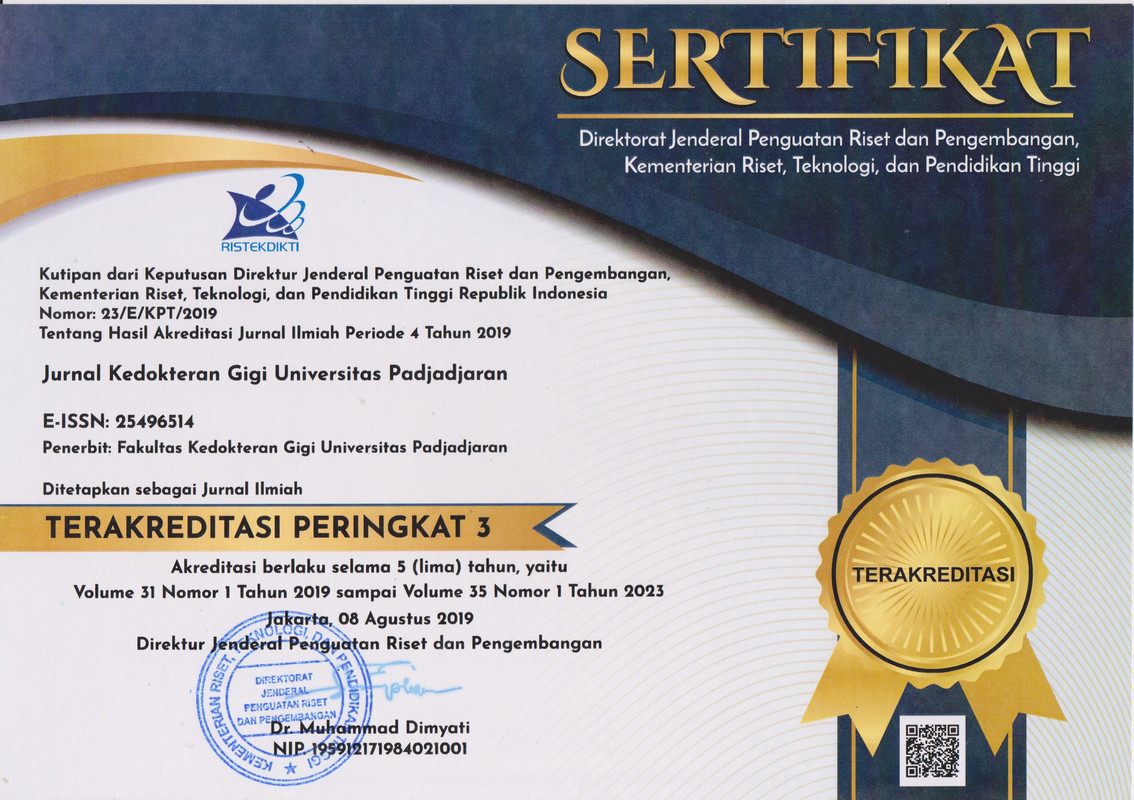Differences in factors influencing orthodontists’ consideration of clear aligners, satisfaction, and stability levels in a capital city: a cross-sectional study
Abstract
ABSTRACT
Introduction: With the increasing number of adult orthodontic patients, there is also a growing demand for more aesthetic and comfortable treatments. Clear aligners are a quite new treatment technique in the field of orthodontics that is being developed using digital-based technology, and their usage is increasing due to their perceived aesthetic and comfortable nature. This research objective was to analyze differences in factors influencing orthodontists’ consideration of clear aligners, satisfaction, and stability levels in a capital city. Methods: This comparative analytical study with a cross-sectional design was conducted to examine the perception of orthodontists in a capital city in Indonesia, Jakarta, regarding the use of clear aligners. Fifty orthodontists taken through Slovin sampling technique, were given a set of questionnaires and divided into two groups based on users and non-users of aligner. The survey utilized a questionnaire consisting of 17 questions with both clinical and satisfactionary criteria, which were sent online via WhatsApp Messenger to the respondents. To compare the data were analyzed by the chi square test statistically. Results: Most of respondent practiced in elite areas of South Jakarta, 52.2%, among other 4 differences cities were observed in the perception of orthodontists who were 46% users and 54% non-users aligner regarding periodontal health factors, treatment efficiency, pain complaints, root resorption, satisfaction levels, and treatment outcome stability. Both clear aligners users and non-users have similar perceptions regarding treatment cost factors influencing the usage of clear aligners, improved oral hygiene, minimal white spot lesions, and better aesthetics. Conclusion: Some parameters were not different, especially for the parameters of treatment cost as a negative perception, and oral hygiene, white spot lesion, and aesthetics, all of which gave similar positive perceptions rated by respondents. This is good considerably for an aligner producer.
Keywords
clear aligner users and non-users, capital city, orthodontists perception
Perbedaan faktor-faktor yang mempengaruhi pertimbangan penggunaan clear aligners, tingkat kepuasan, dan stabilitas oleh ortodontis di sebuah ibu kota negara: studi potong lintang
ABSTRAK
Pendahuluan: Dengan meningkatnya jumlah pasien ortodontik dewasa, permintaan akan perawatan yang lebih estetis dan nyaman juga meningkat. Clear aligner merupakan teknik perawatan yang cukup baru di bidang ortodontik yang sedang dikembangkan menggunakan teknologi berbasis digital, dan penggunaannya semakin meningkat karena sifatnya yang estetis dan nyaman. Tujuan penelitian ini adalah untuk menganalisis Perbedaan faktor-faktor yang mempengaruhi pertimbangan penggunaan clear aligners, tingkat kepuasan, dan stabilitas oleh ortodontis di sebuah ibu kota negara. Metode: Metode penelitian analitik komparatif dengan desain potong lintang dilakukan melalui teknik sampling Slovin, untuk mengkaji persepsi ortodontis di Jakarta, sebuah ibukota negara, Indonesia, mengenai penggunaan clear aligner. Sebanyak lima puluh ortodontis di Jakarta, diberikan kuesioner dan dibagi menjadi dua kelompok berdasarkan pengguna dan bukan pengguna aligner. Survei menggunakan kuesioner dengan 17 pertanyaan tentang reaksi klinis dan kepuasan, yang dikirimkan secara online melalui WhatsApp Messenger kepada responden. Data dianalisis secara statistik dengan uji Chi-Square. Hasil: Sebagian besar responden berpraktik di kawasan elit Jakarta Selatan, 52,2%, di antara 4 kota lainnya perbedaan diamati pada persepsi ortodontis yang merupakan 46% pengguna dan 54% bukan pengguna aligner mengenai faktor kesehatan periodontal, efisiensi perawatan, keluhan nyeri, resorpsi akar, tingkat kepuasan, dan stabilitas hasil perawatan. Baik pengguna clear aligner maupun bukan pengguna memiliki persepsi yang sama mengenai faktor biaya perawatan yang memengaruhi penggunaan clear aligner, peningkatan kebersihan mulut, minimalnya white spot lesion, dan estetika yang lebih baik. Simpulan: Beberapa parameter tidak berbeda, terutama untuk parameter biaya perawatan sebagai persepsi negatif, dan kebersihan mulut, lesi white spot, dan estetika, yang semuanya memberikan persepsi positif yang sama yang dinilai oleh responden. Hal ini cukup baik bagi produsen dan pengguna aligner.
Kata kunci
Pengguna dan non-pengguna clear aligner, Ibukota negara, persepsi ortodontis.
Keywords
Full Text:
PDFReferences
REFERENCES
American Association of Orthodontists. Clinical Practice Guidelines for 9 Orthodontics and 10 Dentofacial Orthopedics. 2017. p. 3-4.
Perillo L, d’Apuzzo F, Grassia V. New Approaches and Technologies in Orthodontics. J Clinical Medicine. Multidisciplinary Digital Publishing Institute (MDPI); 2024;13(. https://doi.org/10.3390/jcm13092470
Nanda R, Castroflorio T, Garino F, Ojima K. Principles and Biomechanics of Aligner TreatmentPrinciples and Biomechanics of Aligner Treatment. Elsevier; 2022. p. 1–10.
Mangano C, Luongo F, Migliario M, Mortellaro C, Mangano FG. Combining intraoral scans, cone beam computed tomography and face scans: the virtual patient. J Craniofac Surg. 2018 Nov;29(8):2241–6. https://doi.org/10.1097/SCS.0000000000004485
Tarraf NE, Ali DM. Present and the future of digital orthodontics✰. Semin Orthod. 2018;24(4):376–85. https://doi.org/10.1053/j.sodo.2018.10.002
Weir T. Clear aligners in orthodontic treatment. Aust Dent J. 2017;62(S1):58–62. https://doi.org/10.1111/adj.12480
American Association of Orthodontics. 2015 economics of orthodontics & patient census. 2018. p. 1-2.
Olson JC, Shroff B, Carrico C, Boyle J, Lindauer SJ. Comparison of patient factors influencing the selection of an orthodontist, general dentist, or direct-to-consumer aligners. Am J Orthod Dentofacial Orthop. 2020;157(4):526-532.e2. https://doi.org/10.1016/j.ajodo.2019.11.010
Tamer İ, Öztaş E, Marşan G. Orthodontic Treatment with Clear Aligners and The Scientific Reality Behind Their Marketing: A Literature Review. Turk J Orthod. 2019 Dec;32(4):241–6. https://doi.org/10.5152/TurkJOrthod.2019.18083
Tai S. Clear Aligner Technique. Quintessence Publishing; 2018. p. 11–35.
Samulak R, Suwała M, Górski B, Machoy M. Evaluating Clear Aligners Versus Fixed Appliances for Periodontal Patients: A Comprehensive Narrative Review of Current Evidence. Applied Sciences. 2024 Oct 30;14(21):9931. https://doi.org/10.3390/app14219931
Aljabaa A. Clear aligner therapy––Narrative review. J Internat Oral Health. 2020;12(7):1. https://doi.org/10.4103/jioh.jioh_180_19
Wesemann C, Muallah J, Mah J, Bumann A. Accuracy and efficiency of full-arch digitalization and 3D printing: A comparison between desktop model scanners, an intraoral scanner, a CBCT model scan, and stereolithographic 3D printing. Quintessence Int. 2017;48(1):41–50. https://doi.org/10.3290/j.qi.a37130
d’Apuzzo F, Perillo L, Carrico CK, Castroflorio T, Grassia V, Lindauer SJ, et al. Clear aligner treatment: different perspectives between orthodontists and general dentists. Prog Orthod. 2019 Mar 11;20(1):10. https://doi.org/10.1186/s40510-019-0263-3
Azaripour A, Weusmann J, Mahmoodi B, Peppas D, Gerhold-Ay A, Van Noorden CJF, et al. Braces versus Invisalign®: gingival parameters and patients’ satisfaction during treatment: a cross-sectional study. BMC Oral Health. 2015 Dec 24;15(1):69. https://doi.org/10.1186/s12903-015-0060-4
Alami S, Sahim S, Hilal F, Essamlali A, Quars F El. Perception and Satisfaction of Patients Treated with Orthodontic Clear Aligners. OAlib. 2022;09(10):1–11. https://doi.org/10.4236/oalib.1109300
Raghav S, Kanoj M, Khandelwal A, Baheti K, Dosi J, Gupta P. Potential Factors influencing the frequency of Clear Aligners usage among Orthodontist in Madhya Pradesh-a Questionnaire based Survey. IOSR Journal of Dental and Medical Sciences (IOSR-JDMS) e-ISSN. 2020;19:13–9. https://doi.org/10.9790/0853-1908121319
Flores-Mir C, Brandelli J, Pacheco-Pereira C. Patient satisfaction and quality of life status after 2 treatment modalities: Invisalign and conventional fixed appliances. Am J Orthod Dentofacial Orthop. 2018 Nov;154(5):639–44. https://doi.org/10.1016/j.ajodo.2018.01.013
Lee R, Hwang S, Lim H, Cha JY, Kim KH, Chung CJ. Treatment satisfaction and its influencing factors among adult orthodontic patients. Am J Orthod Dentofacial Orthop. 2018 Jun;153(6):808–17. https://doi.org/10.1016/j.ajodo.2017.09.015
Lin CL, Wang YC, Hsieh YJ, Chen YF, Wang YC. Clinical Effectiveness of Using Clear Aligners in Orthodontic Treatment. Taiwan J Orthod. 2020 Dec 3;32(3). https://doi.org/10.38209/2708-2636.1001
DOI: https://doi.org/10.24198/jkg.v37i2.61035
Refbacks
- There are currently no refbacks.
Copyright (c) 2025 Jurnal Kedokteran Gigi Universitas Padjadjaran
INDEXING & PARTNERSHIP

Jurnal Kedokteran Gigi Universitas Padjadjaran dilisensikan di bawah Creative Commons Attribution 4.0 International License






.png)

















